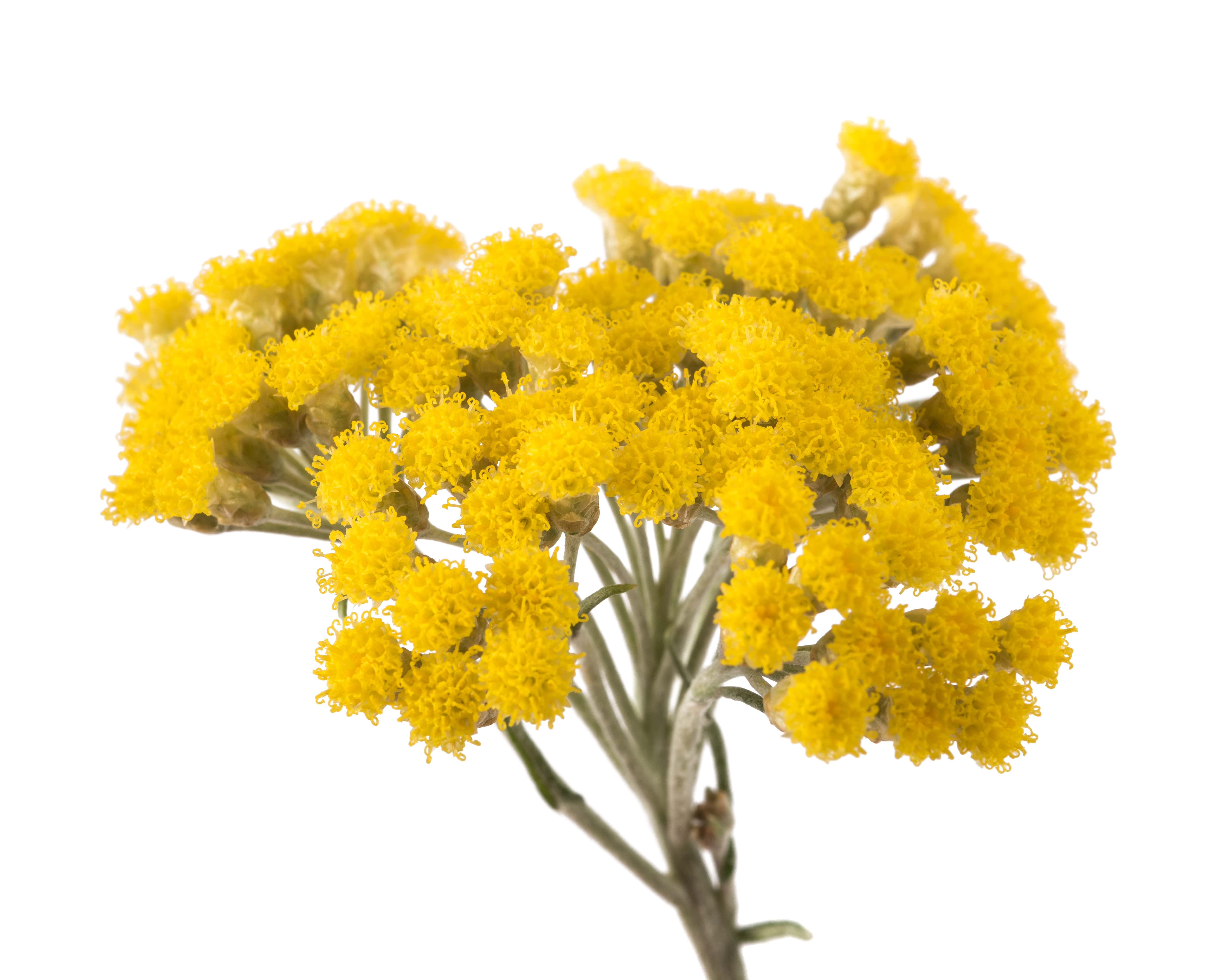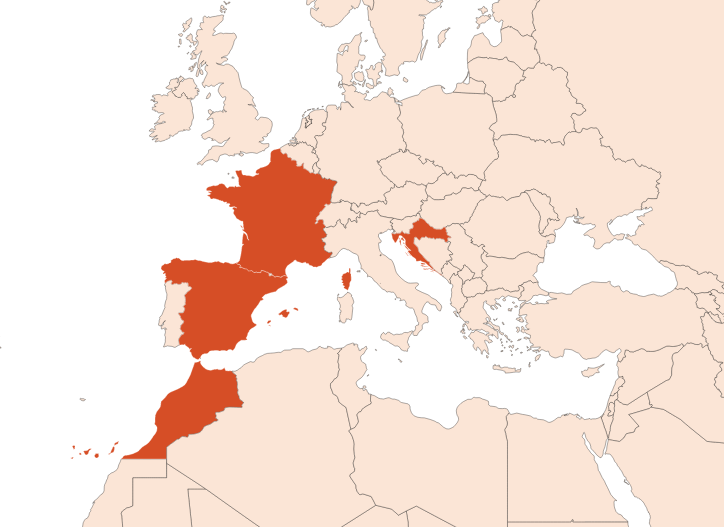
| Company | Ingredient Name | ID | Comments | Naturality | Certifications | Purity | Latin name | Treated part | Geographical origin | MOQ |
|---|---|---|---|---|---|---|---|---|---|---|
|
|
Huile essentielle d'immortelle, méditerranée - 30 gr | - |
Visit website
|
- | - | - | - | - | - | |
|
|
EVERLASTING Absolute | M_0055059 |
Visit website
|
Naturel | - | - | - | - | - |
General Presentation
-
CAS N° : 8023-95-8
-
EINECS number : 289-918-2
-
FEMA number : 2592
-
Appearance : Viscous green liquid
-
Density : 0,87 - 0,89 @20°C
-
Volatility : Base
-
Price Range : €€€€
Physico-chemical properties
-
Optical rotation : Donnée indisponible
-
Vapor pressure : Donnée indisponible
-
Refractive Index @20°C : Donnée indisponible
-
Acid Value :
-
Flash Point :
Uses
Uses in perfumery :
Used in blond tobacco, tuberose, carnation, chypre and fougere notes (for its tobacco and hay note).
Major Components :
Data not available.

Photo credits: ScenTree SAS
Botanical name :
Helichrysum italicum (Roth) G.Don
Synonyms : Helichrysum italicum var. italicum // Gnaphalium glutinosum var. glutinosum
Botanical profile :
Immortelle is a herbaceous plant of the Asteraceae family and the genus Helichrysum.
Chemotypes :
Depending on its country of culture, immortelle absolute knows variations in its composition: an immortelle cultivated in Montenegro contains a high rate of Neryl Acetate, γ-Curcumene and smaller quantities of Neryl Propionate and aryl-curcumene. On the other hand, if it is cultivated in Greece, it will contain a high level of Geraniol and Geranyl Acetate. Also, an immortelle grown in Corsica contains a high rate of Neryl Propionate, β-diones ( ''italidiones '') with several sesquiterpenes. Finally, a Spanish origin induces a high level of Alpha-Pinene, to the detriment of other compounds.
In perfumery, 6 species are also used: Helichrysum angustifolium, Helichrysum gymnocephalum (female helichrysum), Helichrysum stoechas (also Mediterranean), Helichrysum bracteiferum (male helichrysum), Helichrysum faradifani and Helichrysum splendidum (splendid immortal). These species are included among the 500 cultivable species.
Extraction process :
Once harvested and dried in June and July, immortelle gives an essential oil - Immortelle EO (yield inferior to 1%) or a concrete and an absolute (Immortelle Absolute) in the case of an organic solvent treatment (yield of 1%, then 70% on the concrete).
The flower heads of the plant are cut with a sickle. The cut cannot be mechanized because this plant grows wild. The plants are extracted with hexane to obtain the concrete which is diluted in alcohol to precipitate the waxes after a glazing process at 32 °F. The absolute is obtained after filtration and evaporation of the alcohol.
Immortelle absolute is often subjected to a distillation to be bleached.
Other comments :
Immortelle is so called because of its very slight appearance variations throughout its growth, even when grown and dried. Its Latin name Helichrysum, comes from the Greek and means ''golden sun ''.
The characteristic smell of immortelle is due to the presence of small amounts of 3,5-dimethyloctane-4,6-dione and 2,4-dimethyl-heptane-3,5-dione.
Sometimes, immortelle is also called ''curry plant '' because of its colour.
Stability :
Gets easily coloured and olfactively degraded
Solubility issues in perfumes
The esters identified in this raw material can form their corresponding acid in stability tests. Neryl acecate contained here may form acetic acid.
Regulations & IFRA
Allergens :
IFRA 51th :
This ingredient is restricted by the 51th amendment
Annexe I :
Some regulated synthetic ingredients are found in nature and in certain proportions in natural ingredients. This presence in nature has to be taken into account when calculating limits of use recommended by the IFRA. In case you do not know these concentrations, you can use the ones estimated by the IFRA. Here they are :
| List of regulated compounds contained in this ingredient | ||
|---|---|---|
| Regulated ingredient name | CAS N° | Estimated Concentration |
| alpha-Cedrene | 469-61-4 | 0,08 |
| Geraniol | 106-24-1 | 0,03 |
| Geraniol | 106-24-1 | 0,05 |

